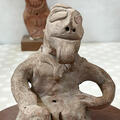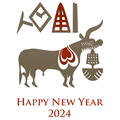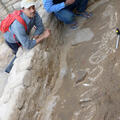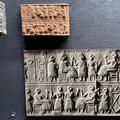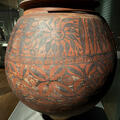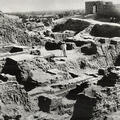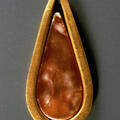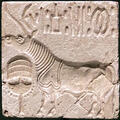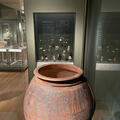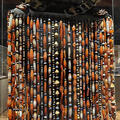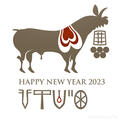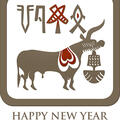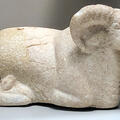A new 37 (to start) slide section takes the viewer through the ancient Indus pieces at the National Museum of Pakistan in Karachi. Pakistan's ancient Indus holdings are actually scattered across provincial, national and site museum collections.
344 posts, also carried on our Facebook page, about the ancient Indus Valley civilization, including important news, research and occasional visits to museums with ancient Indus artifacts.
Dec 31, 2023
We turned 28 this year - founded in 1995! - and wish the thousands of people who come to the site every day from all over the world to learn about the ancient Indus civilization a very Happy New Year.
Jul 26, 2023
A recent VOX Unexplainable podcast featuring Prof. Rajesh Rao (University of Washington, Seattle) offers a broad overview of ancient Indus script research and where we are today.
May 15, 2023
Omar Khan and Nikhil Gulati in conversation about The People of the Indus, the best-selling graphic novel about the ancient Indus civilisation shortly after its release.
Apr 6, 2023
A look at some of the other artifacts we have from this extraordinary female ruler of the Mesopotamian city-state of Ur around 2500 BCE.
Apr 3, 2023
"Jar painted with birds. 2600-1900 BC, Terracotta with red slip and black painted decoration," is what the unvarnished description at the Museum of Fine Arts (MoFA), Boston reads; in truth this is one of the largest and most richly painted ancient Indus pots ever found.
Feb 18, 2023
We are delighted to publish a new set of over 50 photographs from Daya Ram Sahni's second season at Harappa in 1923-24, before he or anyone knew about the ancient Indus civilization. Unearthing the Mysteries of Harappa is unique contribution to Indus archaeology curated by Dr. Nadine Zubair with contemporary commentary by Dr. Jonathan Mark Kenoyer.
Feb 11, 2023
"Numerous inlaid shapes, such as droplets or circles, have been found at both Mohenjo-daro and Harappa," writes Dr. Mark Kenoyer, "but we did not know how these were incorporated into ornaments until we discovered a complete pendant at Harappa in 1987."
Feb 4, 2023
"Faience bangle made in the shape of a shell bangle or the stylized 'womb' motif, Harappa," writes Dr. Mark Kenoyer describing this exceptional piece.
Jan 23, 2023
Can potential place-names in Indus inscriptions be isolated?
Dr. Asko Parpola, in by far best single book on the subject, Decipering the Indus Script, after discussing how place names survive in people's names in Dravidian-speaking South India today, where "the name of the ancestral village often forms the first element of a person's proper name," continues by saying that "a similar survival of Harappan place-names in the Greater Indus Valley is not at all unlikely (§ 9.4).
Jan 17, 2023
The Museum of Fine Arts (MoFA) in Boston, USA has the largest collection of Indus artifacts outside India and Pakistan.
Jan 2, 2023
It is ironic that what is possibly one of the most spectacular examples of Indus craftsmanship and artistry was found not at Mohenjo-daro or Harappa, or even in the subcontinent, but in ancient Mesopotamia.
Dec 31, 2022
As we come to the end - or is it the beginning? have we been here before? - of COVID, we look forward to another full year at Harappa.com.
This includes the complete photographs from the 2nd season at Harappa 1923-24.
Dec 31, 2021
As we start our 27th year on the web, Happy New Year to all our visitors and supporters around the world. The past year was particularly eventful: to celebrate the centennial of excavations at Harappa we opened a new section starting with the first discoveries
Aug 17, 2021
"The abundance of animal figurines at the major [Indus] urban centers suggests that they were commonly used in household and public rituals," writes Mark Kenoyer (Ancient Cities, p.

